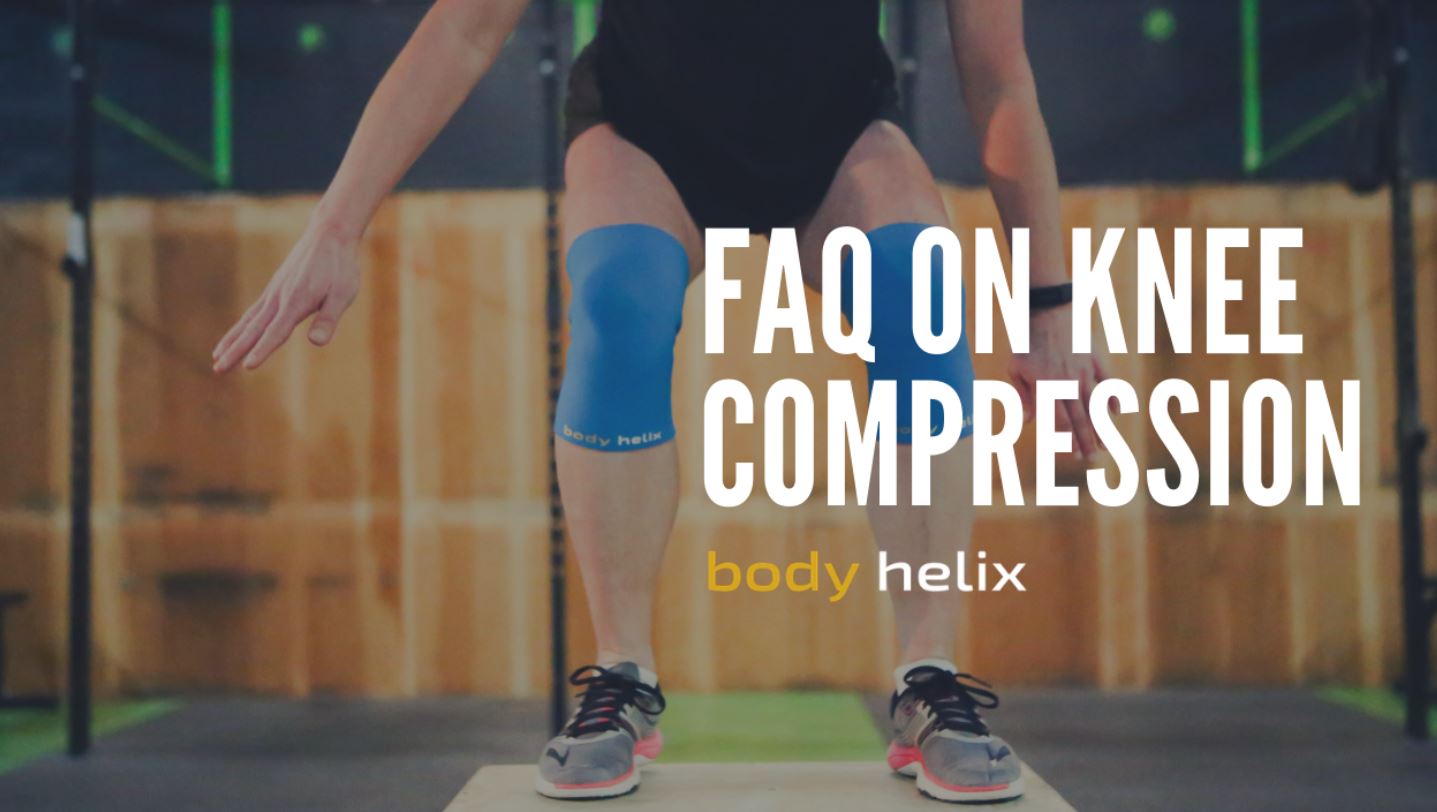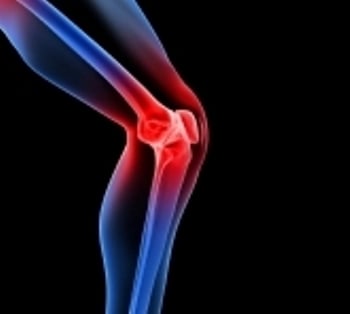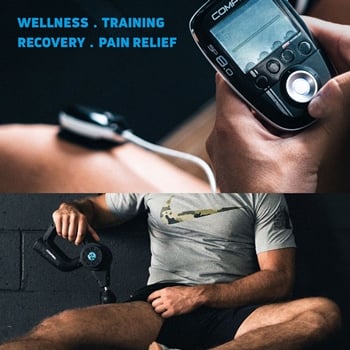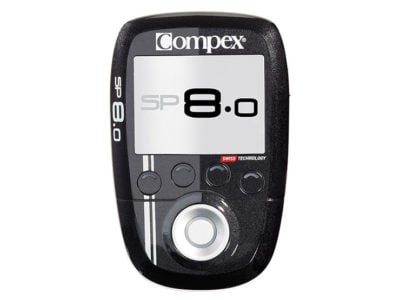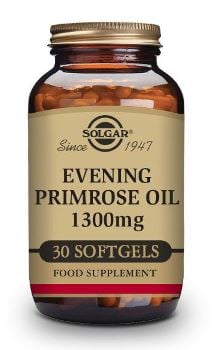-
Free delivery - for orders over £60 & selected products
our blog post
An In-Depth Look Into Patella Tendonitis
An In-Depth Look Into Patella Tendonitis
“-itis” means inflammation, so tendonitis means inflammation of a tendon. Patellar tendonitis refers to the body’s normal inflammatory response when excessive stretch or repetitive use, or both, damage tissues. Patella tendonitis is also known as “Jumper’s Knee” since it is seen most commonly in sports involving jumping (basketball, volleyball) but is also seen in sports requiring frequent direction change (soccer, tennis).
The excessive forces of repetitive activity result in microscopic damage to the tendon connecting the inferior patella to the tibial tuberosity (shin bone). The normal healing process results in repair of the damaged tendon and resolution of the inflammatory response.
Even if all the muscles are in perfect alignment for maximum kinetic energy transfer with the explosive force of jumping, repetitive use can cause tendon damage. The forces applied if the muscles are not in perfect alignment with contraction further compound the damage risk. Management of the athlete is easily accessible through any website search and I would suggest Mayo Clinic’s website.
It is postulated a compressive device “…can help to distribute force away from the tendon itself and direct it through the strap instead.” It can also help control the extreme muscle oscillations that apply more abnormal forces on the patellar tendon.
So we reviewed the medical literature to find that there is very little science supporting one treatment program over another. As one reviewer put it, “There is a persistent lack of well-designed studies with sufficiently long-term follow-up and number of patients to draw strong conclusions regarding therapy.” Credit to the authors is cited here.
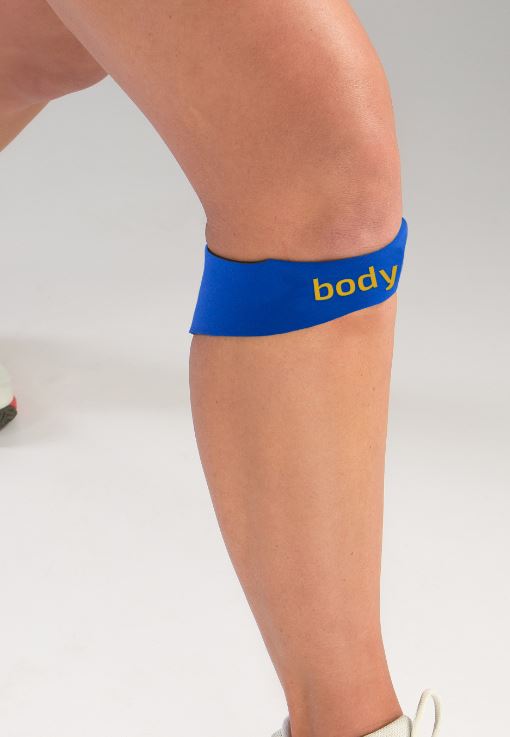 We have the interesting experience of athletes telling us they benefit with the use of our Patella Helix for patellar tendonitis time after time. If you have been advised to consider use of a compressive Helix for your particular condition you will not find a better product. The Patella Helix fits comfortably and applies uniform compression to the patellar tendon and surrounding structures. The Helix will not migrate or move with the extremes of sport activity.
We have the interesting experience of athletes telling us they benefit with the use of our Patella Helix for patellar tendonitis time after time. If you have been advised to consider use of a compressive Helix for your particular condition you will not find a better product. The Patella Helix fits comfortably and applies uniform compression to the patellar tendon and surrounding structures. The Helix will not migrate or move with the extremes of sport activity.
And of course, use good judgment with the management of any injury including medical evaluation for acute pain and chronic pain. Other fundamentals include eliminating the culprit activity, meaning, “don’t play”, rest, ice, compression and elevation. When compression is advised, put a Helix on it!

